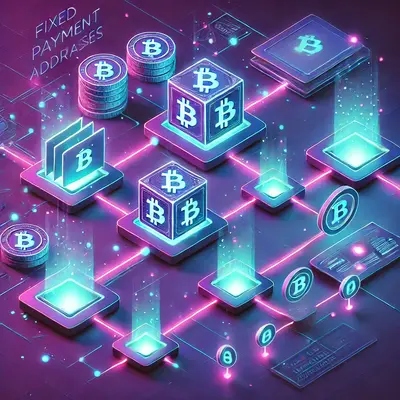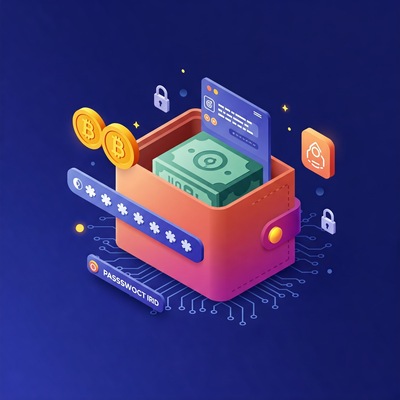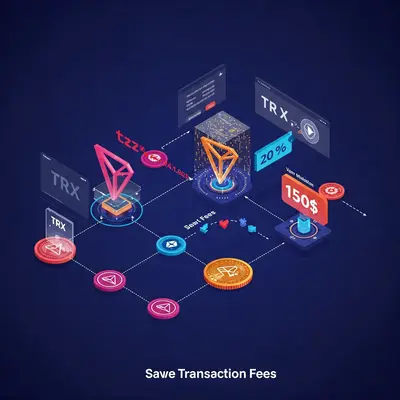Blog Post
Read our latest blog posts and stay updated with the latest trends and insights in the blockchain industry.
Explore a wide range of topics and discover valuable information that can help you enhance your knowledge and skills.


By Chaingateway
May 12, 2022
Even though the concept of blockchain has been around for a while and has been quite popular in the mainstream and social media for the past few years, you might still be unable to grasp its concept.
You might even hear the terms blockchain and database used interchangeably, or that “blockchain is yet another database”, which makes the whole ordeal even more confusing. To make matters simpler, we will go into detail and see what the difference is.
Blockchain is a very popular and already well-known concept, but just in case you’re new to the world of this powerful technology, we’ll go over the basic concepts briefly.
Basically, blockchain is a distributed ledger technology that allows peers to work together to create a unified, decentralized network. A blockchain database is composed of decentralized nodes. Each node is a participant in the administration of the blockchain. When a new addition is to be made to the blockchain, most nodes in the system must reach a consensus. This is what ensures that the system is safe, making it extremely difficult for someone to tamper with it.
The value in blockchain databases is that when someone makes a transaction, a timestamp is made ensuring that each transaction can be traced and verified by any node on the blockchain. Immutability, security, and transparency are just some of the hallmarks of a blockchain database.
A traditional database uses what is known as client-server network architecture. In this type of database, the user can modify the data stored on the centralized server. There is a central authority which controls the flow of data and verifies the user’s identity before allowing him/her to access the database. The problem, in this case, is if the security of the central authority is compromised, the security of the whole database is compromised as well. To combat this problem several backups are regularly made.
This type of database does carry some benefits to its name though. Because all the data is stored in a centralized manner it’s much easier to manage. Storing and accessing data is very easy, as well.
To better understand the core aspects of our blockchain vs database topic, we’ll go into more detail about some aspects offered by both technologies.
The biggest difference between a blockchain and a database is the control involved. In traditional databases, control is held by a central authority, which verifies and authenticates all user credentials before granting access to the database. The whole power is centralized in the hands of one or more people.
Blockchain on the other hand is a unified system of users. Each user or node contributes to the operation of the database. They share information between them without being supervised by an administrator. When new information is added to the blockchain the users need to reach a consensus between them before the information is written in the blockchain database.
Traditional databases and blockchains have vastly different architectures. What exactly does this difference entail?
Blockchain uses a distributed ledger network architecture. It’s a peer-to-peer network where each peer connects to another through a secure connection, using a secure protocol. Without the supervision of a central administrator, the nodes collaborate to reach a consensus through an algorithm. The most popular computer algorithm that serves this purpose is called Proof-Of-Work, which requires users to solve complicated mathematical calculations to validate a transaction.
A traditional database on the other hand uses what’s called a client/server architecture. This type of architecture has been used for a long time and is good at what it does. It’s very easily scalable, meaning that it can work in both small, and large environments. The server acts as a central unit and all communication between client and server is done through a secure connection. There is no need for consensus here, as all operations are heavily dependent on the central administrator.
When it comes to working with and handling data both technologies work differently.
In a centralized database, a client can perform several functions on the data: Create, Read, Update and Delete. These are known as the CRUD commands. The big advantage of this method is that data can be stored and operated with ease.
Blockchain on the other hand only allows a user to store data on the network. Unlike the traditional database blockchain only supports two operations: Read and Write. This contributes to great transparency and prevents malicious tampering with data but makes actual data handling harder than with a traditional database.
Another difference worth noting is speed and performance. Blockchain and traditional databases differ vastly in speed due to the nature of how they operate.
Traditional databases are usually faster and perform better than blockchain. This is mainly because the blockchain must go through several stages before executing an operation with the stored data. However, blockchain is still a new technology and there is much room for improvement. Before a transaction is carried out, for example, the blockchain goes through signature verification, reaching a consensus and redundancy.
With all the differences listed above, who takes the trophy in our blockchain vs database analysis?
Both have their use cases, and each is better than the other in some respects. While blockchain is innovative, safe, and easy to automate, a database wins hands down when it comes to handling data, performance and scalability.
Share This Post
Enter your email to receive our latest newsletter.
Don't worry, we don't spam

chaingateway

chaingateway

chaingateway
Learn what smart contracts are, how they work, and their benefits in the blockchain system, with a focus on Ethereum as the leading smart contract platform.
Compare Binance Smart Chain and Ethereum to find out which platform is best for your decentralized application or token.
This blog post explains what Tron fees are, why they matter, and how they work on the Tron blockchain network.